Top News
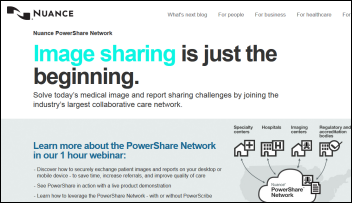
Nuance confirms its acquisition of Accelarad (reported on HIStalk last weekend) and the immediate availability of the newly branded Nuance PowerShare Network.
Reader Comments

From Worth HIT: “Re: tradeshow blooper. At HIMSS Middle East, 3M’s booth described a new service offering, ‘Coding and Groping Quality.’ Go to love the high-tech fix … white tape.” The sign is full of inconsistencies: “groping” and “intelligence” are the only words not capitalized, “ICD-10” also appears as “ICD10,” some random commas found their way onto the page, and some lines end with periods while others don’t. You’re gonna need a bigger roll of tape.
From Pure Power: “Re: your 2009 thoughts about EHR data. Worth looking at again.” Well, here you go then, as I was referring five years ago to a research study about using EHR data in nephrology:
I don’t have access to the full text of the article, but I truly believe that once the pain of getting EMRs running as data collection appliances is over (meaning we’ve got data collection clerks known as doctors and nurses in place, which is the “pain” part), the benefit will be incredible. This article apparently deals with having nephrologists automatically consulted when the EHR finds problems. There are other benefits. You could do society-improving medical research by just slicing and dicing data from millions of patients, at least the parts of it that aren’t just clinical-sounding billing events that are useless or even misleading. You could find candidates for research trials. Patients could be followed over many years, even as they move around and use the services of a variety of providers. And for individual patients, there could be great value in putting research findings into the hands of front line doctors. Not to mention giving patients a platform whereby they can participate in their own care and add non-episodic information related to lifestyle, personal health assessment, etc. Clinical systems will not save time, as clinicians know – they exist to create data whose value mostly accrues to someone else. My advice to providers: much of your future income may be based on the data you create and the ownership in it you retain. Don’t be like the Native Americans and let greedy outsiders buy your land for trinkets.
HIStalk Announcements and Requests
A few highlights from HIStalk Practice this week include: US physicians produced $1.6 trillion in direct and indirect economic advantage in 2012. Steven Posnack creates a fun proof of concept graph that matches Medicare payment data with MU incentive payments. Boston doctors prescribe bike riding. AAFP’s president points out the disparity in compensation between family practice physicians and specialists, as evidenced by the recent release of Medicare payment data. CMS offers guidance on the Attestation Batch Upload option. A urology practice employee sends details on 1,114 patients to a competing practice to help the competitor solicit business. Thanks for reading.
This week on HIStalk Connect: Nuance acquires image-sharing vendor Accelarad, which will power a new cloud-based image and report exchange platform that integrates with its existing transcription product lines. In England, the NHS kicks-off a campaign to use telehealth and mHealth apps to reduce ED visits. The Mayo Clinic is funding a medical research assistant app designed to help consumers responsibly look up their symptoms and conditions. Dr. Travis recounts past mistakes the health IT industry has made with EHR data exchange and questions whether the same mistakes are being made with newer payment and care delivery models.
Upcoming Webinars
May 1 (Thursday) 1:00 p.m. ET. Think Beyond EDW: Using Your Data to Transform, Part 2 – Build-Measure-Learn to Get Value from Healthcare Data. Sponsored by Premier. Presenters: Alejandro Reti, MD, senior director of population health, Premier; and Alex Easton, senior director of enterprise solutions, Premier. Once you deploy an enterprise data warehouse, you need to arrive at value as quickly as possible. Learn ways to be operationally and technically agile with integrated data, including strategies for improving population health.
Acquisitions, Funding, Business, and Stock

Athenahealth announces Q1 results: revenue up 30 percent, adjusted EPS $0.12 vs. $0.38, missing analyst estimates for both.

Liaison Technologies raises $15 million in funding.

HCA subsidiary Health Insight Capital makes an equity investment in Intelligent InSites.

One Medical Group, a 27-location practice that heavily promotes its use of healthcare IT in providing care, raises $40 million in growth capital, bringing its total to $117 million.

Great Point Partners makes a “significant investment” in Orange Health Solutions to finance the acquisition of MZI Healthcare, developers of EZ-Cap and other technologies for ACOs and IPAs.

CareCloud reports that it added 170 clients in Q1.
Sales

Australia’s Royal Children’s Hospital in Melbourne awards Epic a $48 million contract.
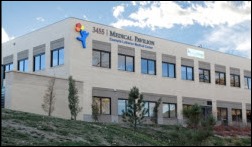
Sisters of Charity of Leavenworth Health System (CO) selects Allscripts EPSi as its financial decision support system.
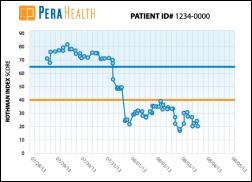
University Health System (TX) will deploy PeraHealth’s PeraTrend real-time patient status system, which calculates a score of acuity called the Rothman Index.
People
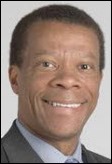
Crain’s Cleveland Business names Cleveland Clinic CIO Martin Harris, MD as its CIO of the year.
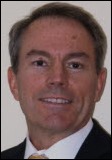
Healthcare data analytics firm GNS Healthcare hires Mark Pottle (N-of-One/Optum Insight) as CFO.
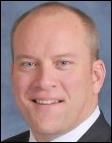
Aventura names Bill Bakken (Nordic Consulting) COO.
NaviNet promotes Sean Bridges to CFO, Sridhar Natarajan to VP of software development, and Thomas Smolinsky to VP/CISO.
Announcements and Implementations

Steward Health Care System launches the StewardCONNECT patient portal based on Get Real Health’s InstantPHR patient engagement platform.
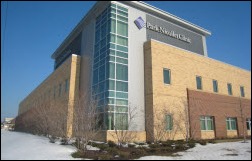
Park Nicollet Health Services (MN) will implement StrataJazz from Strata Decision Technology for cost accounting, contract modeling, long-range financial planning, and rolling forecasting.

The Patient-Centered Outcomes Research Institute (PCORI) provides an update on its $100 million initiative to develop the National Patient-Centered Clinical Research Network that was originally announced in December. PCORI’s executive director Joe Selby, MD outlines details on governance, data security, privacy, and interoperability as participants work to build a database of 26 to 30 million EHR records in support of retrospective clinical research.
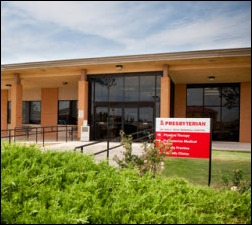
The 25-bed Dan C. Trigg Memorial Hospital (NM), which is owned by Presbyterian Healthcare Services, implements Epic.

The Whitman-Walker Clinic (DC) is implementing Forward Health Group’s PopulationManager and The Guideline Advantage.
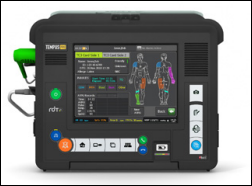
Cincinnati’s fire department rolls out Tempus Pro, a real-time vital signs monitoring system developed for battlefield use that allows hospital-based physicians to monitor patients being transported by ambulance.
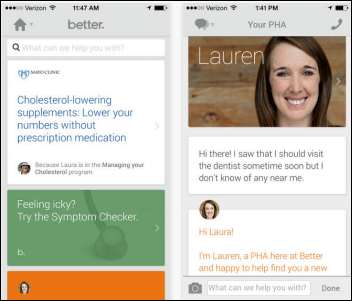
Mayo Clinic and startup Better announce a $50 per month membership-based app that includes a symptom checker, health information, and access to a personal health assistant.
Government and Politics

The HHS’s OIG warns that some state Medicaid agencies may be putting patient health information at risk by outsourcing administrative functions offshore.
Innovation and Research

A VA survey of 18,000 randomly chosen users of its My HealtheVet system finds that a third of them use Blue Button, with three-quarters of those saying its main value is collecting their information in one place. Barriers to adoption were identified as low awareness and usability issues.
HIMSS Analytics says that healthcare IT systems with the highest growth potential are bed management, ERP, and financial modeling.

TechCrunch profiles One Medical Group, which has raised $117 million (the latest funding announcement is above) in funding to create a new kind of technology-powered medical practice, with its custom-developed EHR and portal offering appointment scheduling, refills, lab results, and access to a patient’s records from any of its 27 locations. Patients pay $149 per year for access and can use their health insurance.
Other
It’s not exactly health IT related, but appalling: Yahoo fires its COO of only 15 months after he fails to improve the company’s advertising revenue. He didn’t get a bonus because he didn’t make his numbers, but he still walked out with a severance check of $58 million.
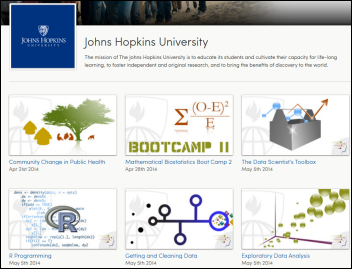
The Bloomberg School of Public Health at Johns Hopkins University tweets that it has exceed 1 million enrollments in its free Coursera courses. Starting soon: Community Change in Public Health, Mathematical Biostatistics Boot Camp 2, The Data Scientist’s Toolbox, Getting and Cleaning Data, Exploratory Data Analysis, and The Science of Safety in Healthcare.
BIDMC CIO John Halamka, MD offers common sense HIPAA-related tips to hospitals using patient data for fundraising:
- Disclose fundraising activities in the Notice of Privacy Practices and include clear opt-out provisions
- Manage the data centrally and don’t allow departments to create their own databases
- Allow only experts to query the database and create views that respect the “need to know”
- Keep audit trails
- Provide tools to eliminate the need to query clinical systems directly
Interesting facts from an article on clinicians who use social media in the OR:
- A Texas woman died during a low-risk surgery because the iPad-using anesthesiologist didn’t notice her decreasing blood oxygen levels until she turned blue
- Nurse anesthetists and residents were distracted in 54 percent of cases, most often because they were on the Internet
- 56 percent of perfusionists admitted to talking on their cell phones during procedures, and only about half thought it was dangerous to text during surgery
- A quote from anesthesiologist who studies unfocused OR staff: “Airline pilots don’t allow themselves to be distracted by social media because they themselves do not want to die. To replicate that in healthcare, we’d have to say if there’s a wrong-site surgery or other error, we will shoot everybody in the OR.”

UNC Healthcare (NC) reduces patient volumes as it adjusts to its April 4 Epic go-live.
A seventh grader undergoing cancer treatment “attends” classes in his school more than 1,100 miles away from Children’s Hospital of Philadelphia by using VGo, an audiovisual-equipped robot he can steer down the school hallway and into classrooms as he says hello to classmates. The same VGo robot is used by hospitals for patient monitoring and telemedicine.
Weird News Andy calls this story “Doc on the Run.” An Arkansas gynecologist allegedly takes smartphone pictures of his patients without their consent while they are in the stirrups. Police investigating a patient’s complaint find her photos on the doctor’s phone, but don’t initially find him (and thus WNA’s headline). Since then, however, he has been arrested and charged with video voyeurism.
Sponsor Updates
- PMD releases pMD Messaging, a secure text messing solution for providers that is integrated with the company’s mobile charge capture application.
- Surescripts awards DrFirst and 31 of its EMR partners that have integrated Rcopia e-prescribing software within their EMR with its White Coat of Quality Award.
- The Professional Association for Customer Engagement presents nVoq with its 2014 Technovation Award for demonstrating superior technological innovation and leadership in customer engagement.
- CCHIT certifies that PatientKeeper v8.1 software is compliant with the ONC 2014 Edition criteria as an EHR module.
- Netsmart joins Carequality, a collaborative formed to accelerate health data exchange, as a founding member.
- The Omega Management Group awards RelayHealth Financial its NorthFace ScoreBoard Awards for excellence in customer service and support.
- O’Reilly Strata RX Conference posts a wrap-up video from its Strata RX 2013 conference.
- GetWellNetwork announces details of its GetConnected 2014 conference in Chicago June 3-5.
- Deputy National Coordinator Jacob Reider, MD will deliver the keynote address at the 2014 Aprima User Conference in Dallas, TX August 8-10.
- Craig Greenberg, associate practice director for Beacon Partners, suggests in the company’s blog five areas of focus for improving and sustaining cash flow.
- Capsule Tech will exclusively resell in North America Clinical Vigilance for Sepsis software from Amara Health Analytics.
- A local news station highlights Jane Phillips Medical Center (OK) and its use of PatientTouch for nurse communications and patient documentation.
- Orion Health co-sponsors the Fifth National Accountable Care Organization Summit June 18-20 in Washington, DC.
Highlights from the Atlanta iHT2 Health IT Summit
By Jennifer Dennard
This was my third year in a row attending the Health IT Summit in Atlanta. It continues to be a great experience.
The conference, hosted by the Institute for Health Technology Transformation (iHT2), was held at Georgia Tech’s Academy of Medicine. It was an intimate gathering of providers, government healthcare reps, and vendors, with a few lab and pharma folks thrown in for good measure.
The topics of discussion both on stage and during networking breaks have moved over the last two years from Meaningful Use and EMRs to accountable care and patient engagement. Providers are concerned with:
- Finding the right leadership (including physicians) to implement and champion IT projects.
- Establishing trust between hospital executives and departments, including trust in the data they review.
- Analytics.
- Business process reengineering and Lean Six Sigma.

Mary Jane Neff, senior director of regional IS; Katheryn Markham, VP of IS planning; Lynda Anderson, senior director of regional IS, all of Kindred Healthcare.

Thea-Marie Pascal, certified Epic clinical documentation application coordinator; Susan Still, RN, Epic ASAP lead application coordinator; Makeba Lippitt, certified Epic clinical documentation application coordinator, all of Piedmont Healthcare.
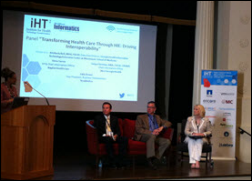
The panel on "Transforming Health Care Through HIE: Driving Interoperability" featured (from left to right) moderator Kimberly Bell, executive director, Georgia Health Information Technology Extension Center at Morehouse School of Medicine; panelists Eddy Brown, VP of business development, TeraMedica; Steve Sarros, VP/CIO, Baptist Health Care; and Sonya Christian, CIO, West Georgia Health.
The keynote presentations were solid, though a high bar was set a few years ago by Naomi Fried, chief innovation Officer at Boston Children’s Hospital (MA). My favorite session was the last, with West Georgia Health’s CIO, CFO and director of nursing all participating on the same panel, answering questions about workplace culture, Lean Six Sigma, and patient safety.
Ten companies exhibited, among them Merge Healthcare, TeraMedica, VMware, Information Management Consultants, and Jvion. Nicole Cirillo from LabCorp explained how patients can review their own lab results through its portal (Georgia is not a right-to-know state.) LabCorp now offers its own portal through which patients can, with guidance from their physicians, access results.
EPtalk by Dr. Jayne

I had a run-in with one of our employed physicians yesterday. Some of these folks are really starting to wear me down. He’s been with us for a while, and unfortunately the EHR we purchased for our large multispecialty group many years ago does not have specific content for his specialty.
We knew this when we implemented him. We gave him the ability to use speech recognition to essentially dictate all of his office visit documentation except for orders, physical exam, and review of systems, which must be entered discretely. His staff enters other discrete data for patient history, allergies, etc.
Most of our other physicians (even those who do have content for their specialties) would kill for this arrangement. Still, it’s not enough for this guy, who demanded that I come to his office and personally shadow him to see how deficient the system is. I’m trying to win hearts and minds, so I agreed to go out. Rather than take the opportunity to show me how he sees patients and let me assess what his needs truly are, he preferred to spend the time we had standing in the hallway complaining about templates.
It turns out he has been using internal medicine templates to try to document his visits because he doesn’t like the dictation arrangements. He has the option to either dictate in the exam room with the patient present (many of our surgical consultants like this because it gives another opportunity for the patient and family to hear the diagnosis and plan of care one more time and ask questions), to release the patient to checkout and dictate in the exam room after the patient leaves, or to go to his administrative office to dictate. He has his own reasons why each of these is inadequate, but doesn’t have any suggestions for what he wants.
Of course, the internal medicine templates are completely overkill for what he’s trying to do. He has to weed through primary care clinical protocols and other information that’s not relevant to his specialty and feels frustrated. I reminded him that we didn’t train him to do this, that we recommended he use a specialty set that’s closer to his own instead, but he doesn’t like those either.
Most of our other specialists who don’t have content for their specialties are perfectly happy to dictate because it changed their workflow minimally from the paper world. Our primary care docs would love to be allowed to dictate as much as these guys can, but unfortunately for them, we need discrete data from more parts of the chart to meet payer incentive programs and other quality initiatives that we’re working on.
I’m not sure what he really wanted to get out of the visit other than to vent, which is fine, but it doesn’t change anything as far as documenting in the EHR. He wasn’t interested in any of the options I had to present and isn’t going to change his opinion. He doesn’t want a scribe. He doesn’t want to point and click. He doesn’t want to dictate. He doesn’t want a pen solution like Shareable Ink. His continued push-back (going on two years now) is an exercise in futility.
As I was driving back to my office, I got to thinking about that. This is a physician who deals regularly with patients who have life-altering injuries and conditions that cannot be fixed. His specialty is centered on helping people maximize the functionality they currently have and to compensate for what they have lost. He’s very good at what he does, yet he can’t see his EHR issues with the same perspective he uses when treating patients – helping them use what they have to the best of their abilities and not dwelling on what they don’t have or have never had.
We learn in medical school and residency to identify when interventions are futile. We call the code when there’s no hope of getting the patient back. We don’t perform surgeries when they’re not going to improve the patient’s condition. We understand that there are limits to technology and our ability to treat and cure. We’re pretty good at helping patients understand the options when they’re faced with a lack of good choices.
When it comes to limitations in information technology, however, we’re struggling mightily with the thought of applying those same concepts. The EHR of the future is going to look a lot different than what we have today – just like the laparascopic surgeries we do now are completely different from the open surgeries we did in the past. Maybe in the future we’ll beam your gallbladder out of your abdomen instead of having to cut you at all. But for the time being, we have to work with what we have as best as we can. We have to realize there are limits to everything. There’s no psychic module for EHR that’s going to document directly from your thoughts, at least not for now.
Fighting is good when it’s appropriate, but at some point, we have to realize when it’s futile and either accept our current situation or move on. I’m not sure what else to do with or for this physician since we’ve not been able to make him happy as long as we’ve been trying. I suspect there are other factors at play that have nothing to do with EHR, but they’re not within my realm to tackle. We’ll keep reinforcing his options, pair him up with peers that are successful, and encourage him. Until he’s ready to leave the group or retire, I’m not sure what else we can do.
Well, I guess there’s one more thing we could do – pastry therapy. I just dropped a little surprise at his office to thank him for his time yesterday. A girl can hope.
Contacts
Mr. H, Inga, Dr. Jayne, Dr. Gregg, Lt. Dan, Dr. Travis, Lorre
More news: HIStalk Practice, HIStalk Connect





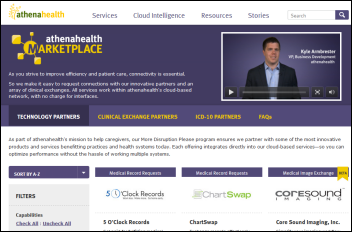
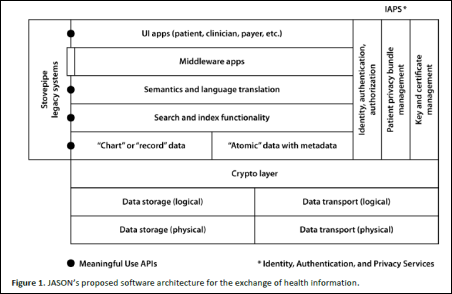



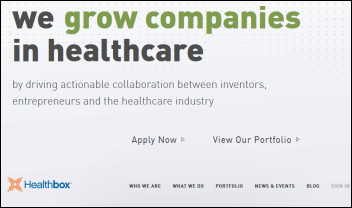
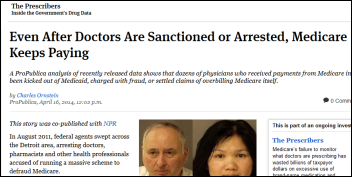
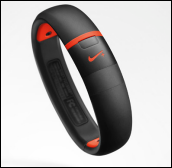
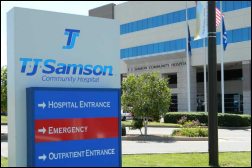
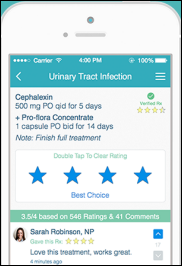


































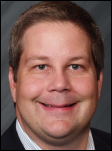
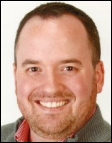




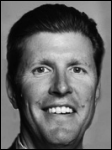



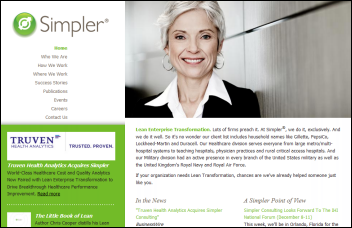
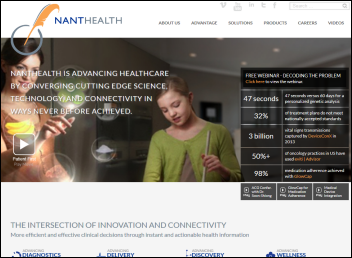




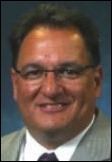
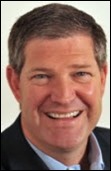

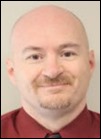

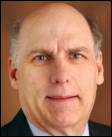
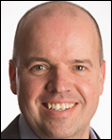

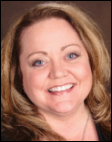




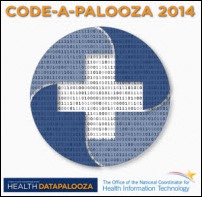

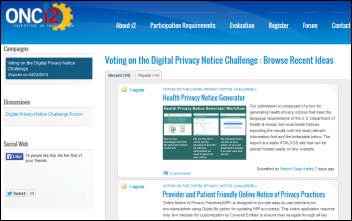



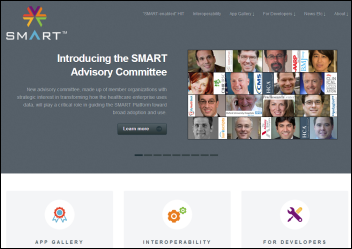
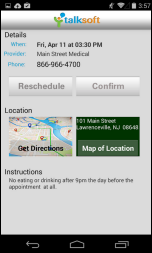














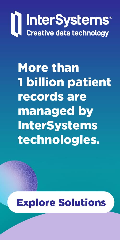

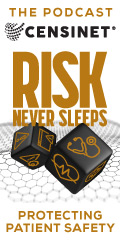










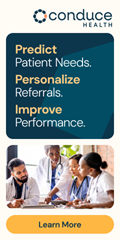























































The primary point of using the Cloud is using operating expenses vs limited capital ones and avoiding having to update…